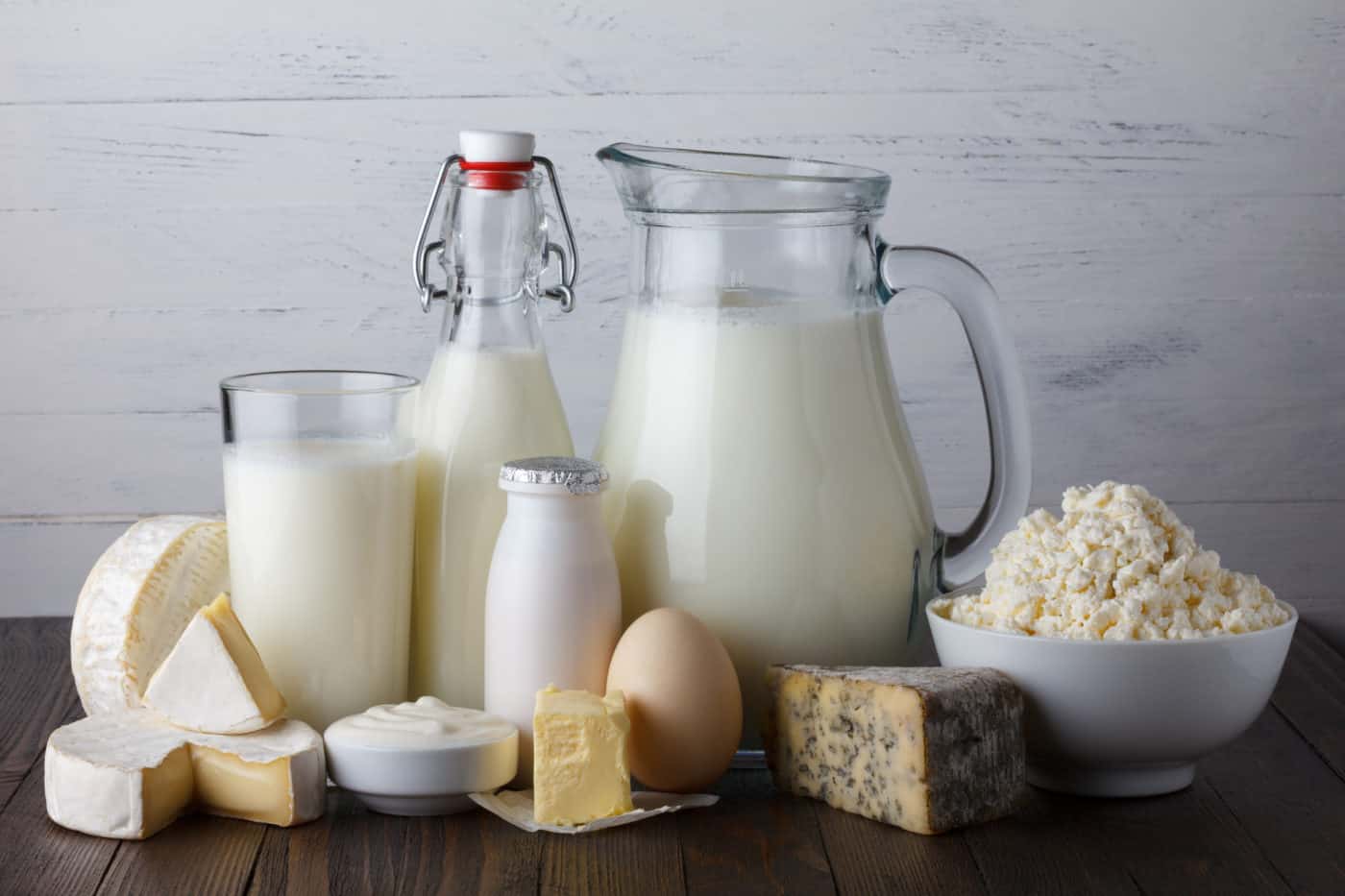Do you ever wonder why some people seem to have a consistently happy, positive attitude? Do you think it’s possible to maintain a seemingly effervescent smile even when things aren’t going your way? Do you brood a lot? Are you blue, disappointed with your life, and lacking incentive to work on your dreams? Read on for some interesting solutions.
Yes, sadness and melancholy unfortunately befall too many of us. As a matter of fact, I had just such a spell recently. But after a few days of feeling down and losing sleep about things I have no control over, I’d simply had enough! Life is too short to spend it with gray moods and sleepless nights. Like coming out of a fog, I suddenly made a 180 degree turn, stepped down hard on my mental brakes, and asked myself the big question a lot of us ask: “How can I be happy—no matter what?”
I already know, intellectually, that we have happiness neurotransmitters in our brain. However, to internalize and take advantage of such complex data without some help from the experts is difficult at best. I therefore decided to research what some of those experts say. My hope is that the professionals can provide some guidance on how to begin nourishing those precious happiness brain neurotransmitters.
(See the bottom of this article to learn about the foods and supplements that are necessary to maintaining healthy levels of serotonin, dopamine, and endocannabinoids.)
What Are the Major Happiness Brain Neurotransmitters?
The descriptions below are brief and will be discussed in more detail below.
- Serotonin: A neurotransmitter that helps to regulate moods.
- Dopamine: A neurotransmitter linked to movement, memory, and cognitive skills.
- Endocannabinoids: Also known as Cannabis sativa, these compounds are made naturally within the body and activate the cannabinoid receptors. The effects are similar to marijuana, but without the many undesirable effects of THC.
The study of brain neurotransmitters can be dense and complex due to the chemical changes involved in the production of the three components named above. I will therefore keep it as simple as possible by focusing on how we can keep these levels at their peak, which helps us stay positive, cheerful, and mentally healthy. Allow me then to first give you this quote from BrainFacts.org that explains what brain neurotransmitters are, and what they do:
“Scientists discovered neurotransmitters are stored in small, bubble-like compartments called vesicles. Each vesicle tends to hold a single kind of neurotransmitter—say, dopamine, which is associated with memory and other cognitive skills, or serotonin, which helps regulate mood.”
The Basics of Serotonin
From Progressive Health we read: “Serotonin is a monoamine neurotransmitter synthesized from the amino acid tryptophan…Most of the serotonin produced in the body is found in the enterochromaffin cells of the gastrointestinal tract. In the gastrointestinal tract, serotonin is chiefly responsible for regulating intestinal movement.”
Personal Note: Now just stop for a moment and think about the tremendous emphasis the Weston A. Price Foundation, Sally Fallon Morrell, and Dr. Royal Lee all place on the importance of gastrointestinal health. Ask yourself how your gastrointestinal tract health is doing, and if it could be depriving you of the serotonin levels you need to be happy?
Serotonin exerts a major effect on the parts of the brain responsible for mood control, appetite, sexual desire, performance, sleep, memory, learning ability, social interaction, and temperature regulation. However, serotonin also works outside the brain, affecting our muscles as well as our cardiovascular and endocrine systems. It’s even been found to contribute to the production of breast milk. Serotonin decreases appetite by blocking the actions of dopamine.
The Basics of Dopamine
From Livestrong we read: “If you have ever been addicted to a behavior, such as shopping or gambling, you’ve lacked focus or motivation to complete a task, or you’ve suffered from depression, brain chemicals may be the cause.”
Your body requires dopamine for normal movement such as walking and balance. Low levels of dopamine, as seen in people with Parkinson’s disease, makes fluid movement difficult. People become stiff and “frozen” in their bodies. Personal note: If per chance you thought that daily exercise, especially walking, isn’t that important, think again! And read Dr. Michael Dority’s great blog post “Solved by Walking.” Keep moving to maintain that dopamine level so your body doesn’t become stiff.
From Natural Society we read: “Dopamine is the brain’s feel good chemical, sending feelings of well-being and pleasure into your body. In addition to simply making you feel good, dopamine helps control weight, energy levels, and supports brain and heart health…You can increase dopamine  levels just by eating certain foods…[but] Since dopamine is synthesized from tyrosine, you can simply consume foods rich in tyrosine to boost dopamine production.”
levels just by eating certain foods…[but] Since dopamine is synthesized from tyrosine, you can simply consume foods rich in tyrosine to boost dopamine production.”
The Basics of Endocannabinoids
From the Weston A. Price Foundation we read: “Arachidonic acid [pronounced ar·a·chi·don·ic acid (ār’ə-kĭ-dŏn’ĭk)] is the direct precursor to the endocannabinoids, the natural compounds made within the body that activate the cannabinoid receptors.”
These compounds and their receptors are named after Cannabis sativa, also known as marijuana. The active component of marijuana, THC, activates the same receptors. However, because THC is a pharmacological agent at unnaturally high doses, it has many undesirable effects that the natural activators derived from arachidonic acid don’t have. Personal note: One of the best supplements for arachidonic acid is Standard Process Cataplex F.
Brain cells only convert arachidonic acid into endocannabinoids in response to a rapid influx of calcium into the cells. This influx is tightly controlled: cells deliberately keep the concentration of calcium outside their boundaries ten thousand-fold higher than the concentration of calcium within their boundaries. Cells will only open up the calcium channels that let this mineral come flooding in when they’re told to do so by another chemical signal.
Obviously, if calcium isn’t present because of a deficiency of either calcium or vitamin D, there’s no influx of calcium into the cell to initiate the conversion of arachidonic acid to endocannabinoids. Not only must you obtain calcium through your diet, but you also need vitamin D to absorb this vital mineral so it can then be transported through your blood and into your brain. It’s also possible for your brain to use vitamin D as the direct chemical signal that opens the calcium channels since a number of other cell types use vitamin D in a similar way. See my Vitamin D recommendation below.
By curbing the excess production of cortisol and supporting adequate production of dopamine, endocannabinoids help prevent excess tension, anxiety, burnout, and feelings of self-defeat. It can also help you confront challenges with the attitude necessary for success.
The Feel-Good Foods
The foods that protect us against depression and help us engage in low time-preference, future-oriented activities are the same foods that traditional cultures valued for good health. They provide vitamins A and D, calcium, and arachidonic acid in abundance.
You can find sources for these foods in the Weston A. Price Foundation Shopping Guide and the Find Real Food app. Or you may utilize the various resources and articles available on the WAPF website. Additionally, you may want to attend a Weston A. Price chapter meeting in your locale for lots of great free food and sources.
- Cod liver oil (vitamins A and D). My preference is Green Pasture, or Tuna Oil from Standard Process.
- Butter from grass-fed animals (arachidonic acid, vitamins A and D).

- Egg yolks from grass-fed chickens (arachidonic acid, vitamins A and D).
- Fats from grass-fed animals (arachidonic acid, vitamins A and D).
- Organ meats from grass-fed animals (arachidonic acid, vitamins A and D).
- Bone broths (calcium). For recipes, see Sally Fallon Morell’s Nourishing Broth and Monica Corrado’s Meat Stock and Bone Broth (featuring important cooking techniques for those on the GAPS diet).
- Raw whole milk from grass-fed animals (calcium, arachidonic acid, vitamins A and D).
- Fish eggs (vitamins A and D).
- Small whole fish (calcium, vitamins A and D).
- Shell fish (vitamins A and D).
Personal note: When you can’t get quality calcium and vitamins A and D from the foods listed above, I recommend Standard Process Calcium Lactate Powder and Standard Process Tuna Oil, or Green Pasture Fermented Cod Liver Oil for vitamin D.
CAUTION: Do not overdue Vitamin D supplements, particular D2. Vitamin D2 can cause calcification of the kidneys. Vitamin D is balanced by vitamin F, a.k.a. fatty acids. That’s why cod liver oil is a safe form; it is already balanced by vitamin F fatty acids naturally contained in the oil. Standard Process Cataplex D is D3, the natural form of vitamin D. The label instructions for 2 tablets per day is a safe dosage. And foods containing vitamin D are safe because they naturally appear in low dosages. And foods that contain vitamin D also contain fatty acids.
Note from Maria: I am a Certified Natural Health Professional, CNHP, not a medical doctor. I do not diagnose, prescribe for, treat, or claim to prevent, mitigate, or cure any human diseases. Please see your medical doctor prior to following any recommendations I make in my blogs or on my website.
Photos from iStock/eelnosiva (main image), Minerva Studio (happy and sad face woman), ArtMarie (kids playing), nevodka (dairy products).





